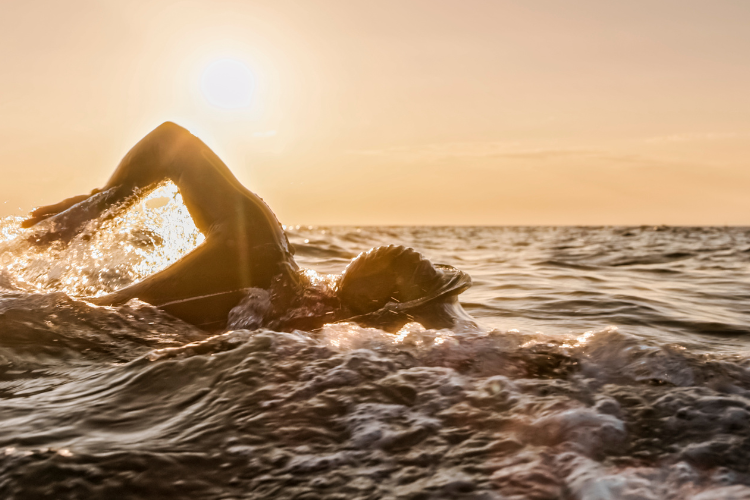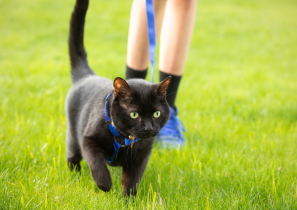Australian Open Water Swimming Bliss, swimmers often refer to swimming here, boasting a plethora of stunning coastal areas and lakes to explore. With its pristine waters, diverse marine life, and breathtaking scenery, it’s no wonder that open-water swimming is a popular pastime for Aussies of all ages and abilities.
Whether you’re a seasoned swimmer looking for a challenge or a newbie just starting out, there’s an open water swim spot in Australia that’s perfect for you. Here are a few of the most popular spots, along with some health benefits, tips, and tricks to help you make the most of your experience:
Popular Australian Open Water Swimming Bliss Spots in Australia
Bondi Beach, Sydney
Source: www.afar.com
Bondi Beach is one of the most iconic beaches in Australia, and it’s also a popular spot for open-water swimming. The beach is patrolled by lifeguards all year round, and there are plenty of facilities nearby, making it a convenient and safe place to swim.
Coogee Island Ocean Swim, Sydney
The Coogee Island Ocean Swim is a challenging but rewarding open-water swim. The course takes swimmers around Coogee Island, offering stunning views of the Sydney skyline and surrounding coastline. The swim is held annually in February, and it’s a great way to challenge yourself and experience the best of open water swimming in Australia.
Rottnest Channel Swim, Perth
The Rottnest Channel Swim is a 19.7km open water swim that takes place between Fremantle and Rottnest Island in Western Australia. The swim is known for its challenging currents and tides, but it’s also an incredibly rewarding experience. The swim is held annually in February, and it’s one of the most popular open-water swims in Australia.
Great Barrier Reef
The Great Barrier Reef is one of the most iconic natural wonders in the world, and it’s also a great place for open-water swimming. There are a number of different tour operators that offer open water swims in the Great Barrier Reef, so you can find a swim that’s perfect for your fitness level and interests.
Lake Jindabyne, Snowy Mountains
Lake Jindabyne is a beautiful lake located in the Snowy Mountains of New South Wales that can be added to the Australian Open Water Bliss collection. The lake is popular for a variety of water sports, including open-water swimming. The water in Lake Jindabyne is clear and cold, making it a refreshing place to swim on a hot day.
Other Popular Open Water Swimming Spots in Australia
- Shelly Beach, Manly, Sydney
- Apollo Bay, Great Ocean Road, Victoria
- Stokes Bay, Kangaroo Island, South Australia
- Freshwater Beach, Port Douglas, Queensland
- Lake Argyle, Kununurra, Western Australia
- Lake Pedder, Tasmania
Health Benefits of Open Water Swimming
Improved cardiovascular health: Open-water swimming is a great way to improve your cardiovascular health. The rhythmic motion of swimming engages various muscle groups, including your heart. This helps to strengthen your heart and improve your circulation. Studies have shown that regular open-water swimming can reduce your risk of heart disease, stroke, and other cardiovascular problems.
Stronger muscles: Open-water swimming is a full-body workout that strengthens all of your major muscle groups. Swimming also helps to improve your flexibility and range of motion. This can help to reduce your risk of injuries and improve your overall fitness.
Reduced stress levels: Open-water swimming is a great way to reduce stress levels. The rhythmic motion of swimming can help to calm your mind and body. Swimming also releases endorphins, which have mood-boosting effects. Studies have shown that regular open-water swimming can help to reduce symptoms of anxiety and depression.
Improved mental well-being: Open water swimming can help to improve your mental well-being in a number of ways. Spending time in nature has been shown to reduce stress and improve mood. Swimming also releases endorphins, which have mood-boosting effects. Additionally, the challenge of open water swimming can help to boost your self-confidence and sense of accomplishment.
Boosted immune system: Exposure to cold water can help to boost your immune system. The cold water stimulates the production of white blood cells, which help to fight off infection. Additionally, the sun exposure that you get while swimming can help to increase your vitamin D levels, which also plays a role in immune function.
In addition to the above health benefits, open-water swimming can also help to:
- Improve your sleep quality
- Increase your energy levels
- Reduce your risk of chronic diseases such as diabetes and obesity
- Promote healthy weight loss
- Improve your balance and coordination
- Reduce joint pain and inflammation
- Accelerate recovery from injuries
Overall, open-water swimming is a great way to improve your physical and mental health. It is a low-impact activity that is suitable for people of all fitness levels. If you are looking for a way to get fit, improve your health, and have fun at the same time, open-water swimming is a great option.
Tips and Tricks for Open Water Swimming
If you’re new to open-water swimming, here are a few tips and tricks to help you make the most of your experience:
- Choose a safe location to swim. Always swim in a location that is patrolled by lifeguards and where there are other swimmers around.
- Be aware of your surroundings. Open-water swimming can be unpredictable, so it’s important to be aware of currents, tides, and other hazards.
- Swim with a buddy. It’s always best to swim with a buddy, especially if you’re new to open-water swimming.
- Acclimatize to the water temperature. If you’re swimming in cold water, acclimatize yourself gradually by starting with short swims and increasing the duration over time.
- Wear appropriate clothing and equipment. If you’re swimming in cold water, wear a wetsuit to stay warm. You may also want to wear a swim cap, goggles, and a buoy for safety.
Conclusion
Open-water swimming is a great way to get exercise, enjoy the outdoors, and experience the beauty of Australia. If you’re new to open-water swimming, be sure to start slowly and choose a safe location to swim. With a little planning and preparation, you can enjoy all the benefits that open water swimming has to offer.
Additional Tips and Tricks
- Listen to your body. If you’re feeling tired or cold, get out of the water and take a break.
- Stay hydrated. Drink plenty of water before, during, and after your swim.







